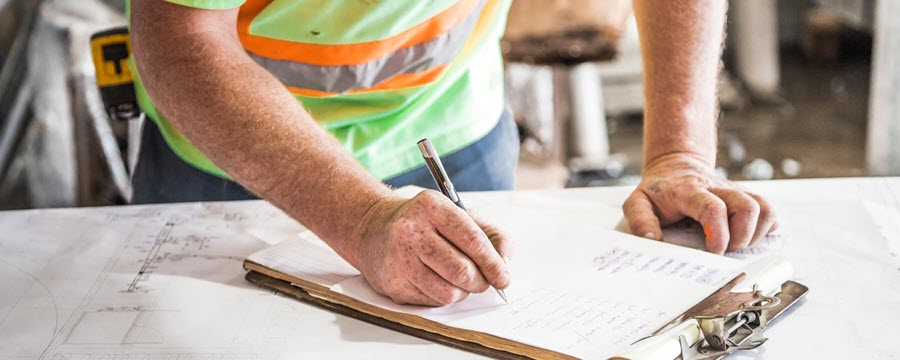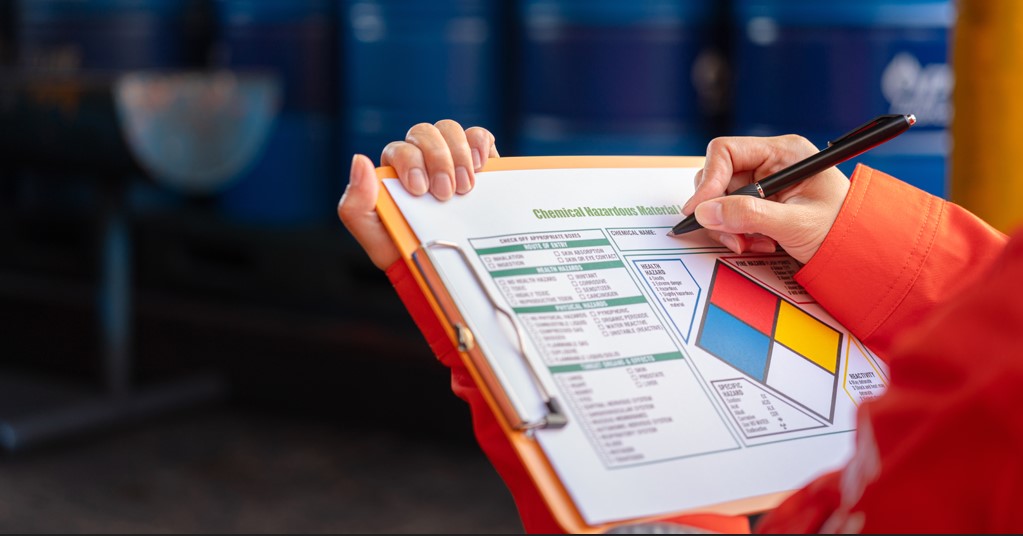
Where and When To Wear Steel Toe Shoes
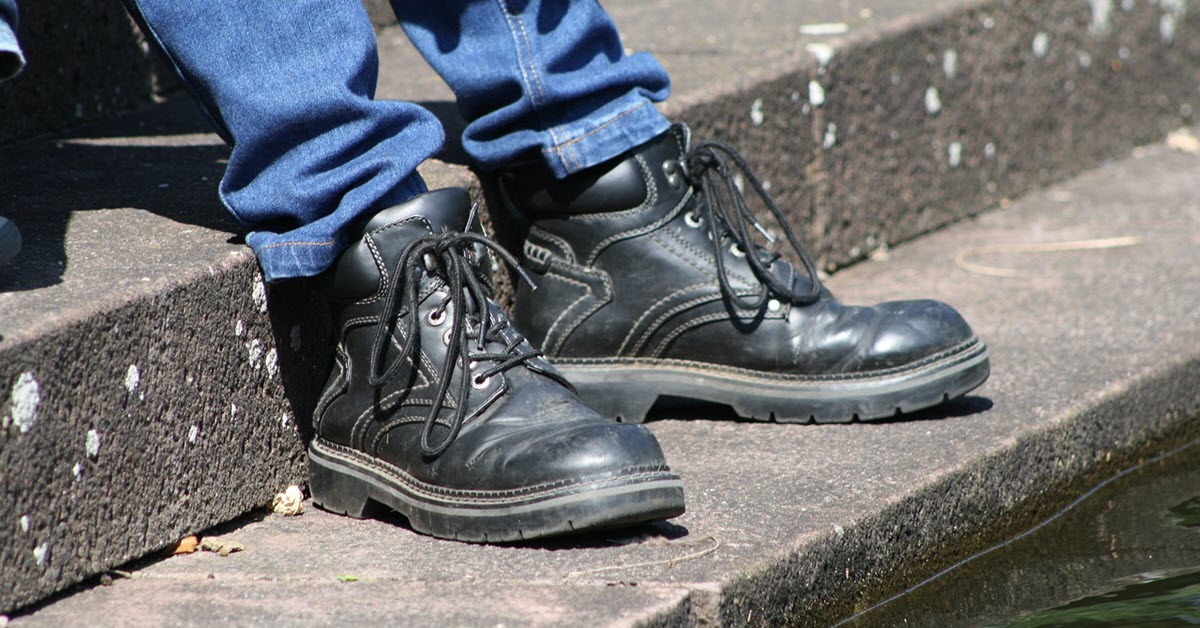
The right equipment is critical for creating a safe work environment, and steel toe shoes are an important part of your gear list. They are specifically designed to protect workers’ feet from falling objects, compression and electrical hazards. In a workplace with lots of hazards, steel toe boots are a must. Here’s a look at the job environments that require this safety footwear.
Workplace Conditions That Warrant Steel Toe Shoes
Heavy Items
The most obvious workplace that calls for the protection of steel toes is one where workers are lifting and moving heavy items. Construction sites, warehouses and farms can all fall into this category. Whenever a person picks up a large item, there is a risk of it being dropped and landing on someone’s foot, potentially causing injury. Steel toe boots are strong protection because they can take the brunt of the impact, preventing the weight from landing on toes.
Large, Movable Machinery
Another space where protective footwear is important is areas where large machines are used and moved. A heavy machine can easily break bones if it accidentally rolls over an unprotected foot. Steel toe shoes can prevent such injury. Consider requiring them in factories, assembly areas and auto repair shops.
Sharp Materials or Tools
Some jobs call for people to work with potentially dangerous objects, such as sharp tools or live wires. These create a big risk for safety if something should fall and hit a worker’s foot. Electricians must make sure everyone is protected with durable, non-conductive steel toe boots to reduce the risks of cuts or electrical shocks.
Slippery Floors
Most styles of steel toe footwear are also designed with sturdy treads providing strong traction. This makes them good choices for job sites that tend to have wet or slippery floors, as well as workplaces with uneven terrain. Anyone working with oil or chemicals that could spill should wear protective footwear. Landscapers, carpenters and mine workers should also put on boots to have better footing as they complete their tasks.
Designating Areas Where PPE Is Required
Once you identify which areas of your operation pose the most risk to workers, you should require all employees to wear steel toe boots in those spaces. Start by educating all managers and workers about the enhanced safety rules and explaining why they are important.
You can make this more effective by installing foot PPE safety signs that let people know what safety gear they need to enter a given space – including foot PPE. For example, you can post a safety glasses, steel toe boots and hard hats required sign to notify workers what PPE is required to enter the main work area of a manufacturing plant. Post these signs at each entrance and exit and throughout the space so everyone is well-informed about PPE requirements.
Foot PPE Safety Signs:
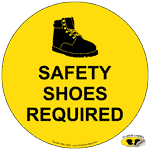 | 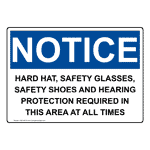 | 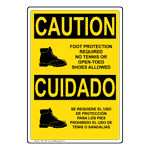 | 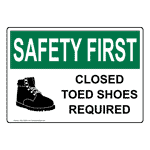 |
Risks of Not Wearing Steel Toe Shoes
Not wearing steel toe footwear in high-risk workplaces can lead to serious foot injuries and even fatalities. Workers will be at a disadvantage every time they step into your facility if they don’t have the proper equipment. Here are some of the risks of not wearing foot PPE in hazardous locations.
Foot Injuries
Foot injuries are common in high-risk workplaces. They can happen in an instant. All it takes is for someone to lose their grip on a heavy item or sharp object, or step into the path of a large machine being moved. A serious foot injury can potentially lead to permanent disability.
Slips and Falls
Slips and falls are another common incident, especially on wet and uneven surfaces. Not wearing protective footwear can increase the risk of tripping and lead to head injuries and broken bones.
Electrical Hazards
Electricians and construction workers often are exposed to electrical hazards. Failing to wear sturdy footwear with non-conductive soles can increase the risk of electrical shocks.
Chemical Exposure
Manufacturing and automotive workers are routinely exposed to various chemicals. Shoes built with steel are better at preventing spilled chemicals from seeping into the shoe and reaching the skin.
Reduced Productivity
Foot injuries reduce productivity and increase costs for employers, while reducing income for workers. Using the correct safety gear allows workers to approach projects confidently and efficiently.
Require Steel Toe Shoes To Increase Safety
Safety needs to be a shared goal for your entire organization, and that includes making sure everyone has the right protective equipment. If your workplace presents foot hazards, consider which locations call for steel toe shoes and give your workers the protection they need to navigate safely.
PPE Resources
- OSHA PPE website
- NIOSH directory of PPE
- Guide to Personal Protective Equipment
- PPE Signs and labels at ComplianceSigns
- General construction safety signs

